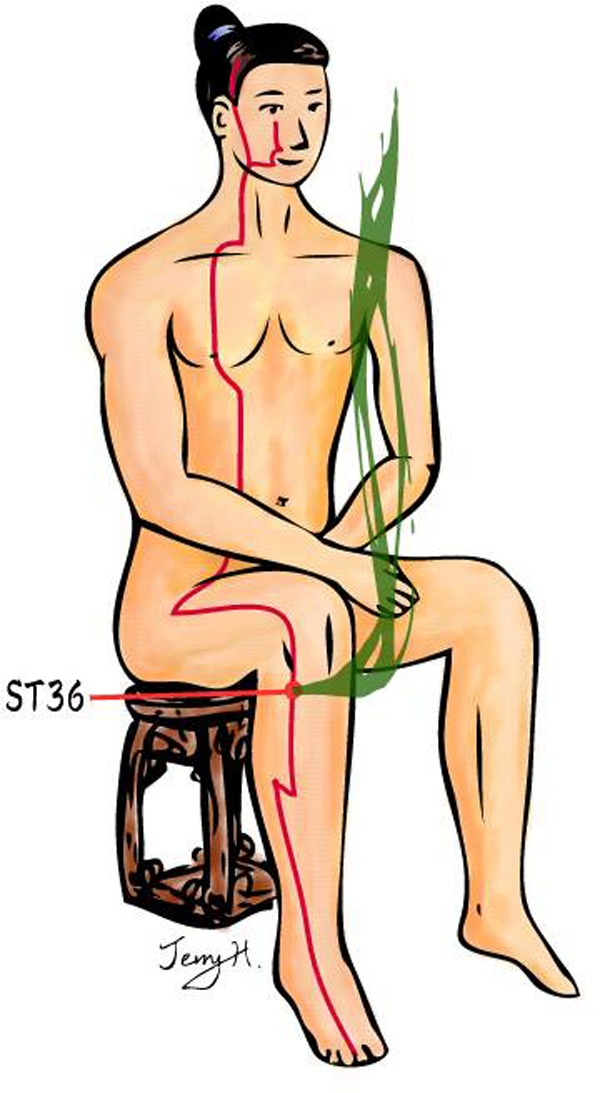Fig. 1.

Effect of acute and chronic 2-(2-(5-methoxy-1H-indol-3-yl)ethyl)-5-methyl-1,3,4-oxadiazole (IQM316) or melatonin administration on adult hippocampal neurogenesis. Animals were treated with vehicle (Vhc), IQM316 (IQM), or melatonin (Mel) for 7 (acute) or 28 d (chronic). (A) Quantification of the percentage of 5-bromo-2′-deoxyuridine (BrdU) and neuronal nuclei (NeuN) double-labeling positive cells per dentate gyrus (DG) section upon acute administration. Both IQM316 and melatonin acute administrations induce neurogenesis, with being IQM316 more potent than melatonin. (B) Representative confocal images of BrdU (green) and NeuN (red) immunohistochemistry of the DG quantified in A. BrdU and NeuN double labeling is shown in yellow (merged images). Higher magnification insets of double labeled neurons are displayed on the right. Scale bar is 25 µm. (C) Quantification of the percentage of BrdU and NeuN double-labeling positive cells per DG section upon chronic administration. Both IQM316 and melatonin chronic administrations induce neurogenesis with similar efficacies. Data are mean ± SEM, n = 7 animals per group. **P < 0.01, ***P < 0.001, significantly different from vehicle, Bonferroni post hoc test.
